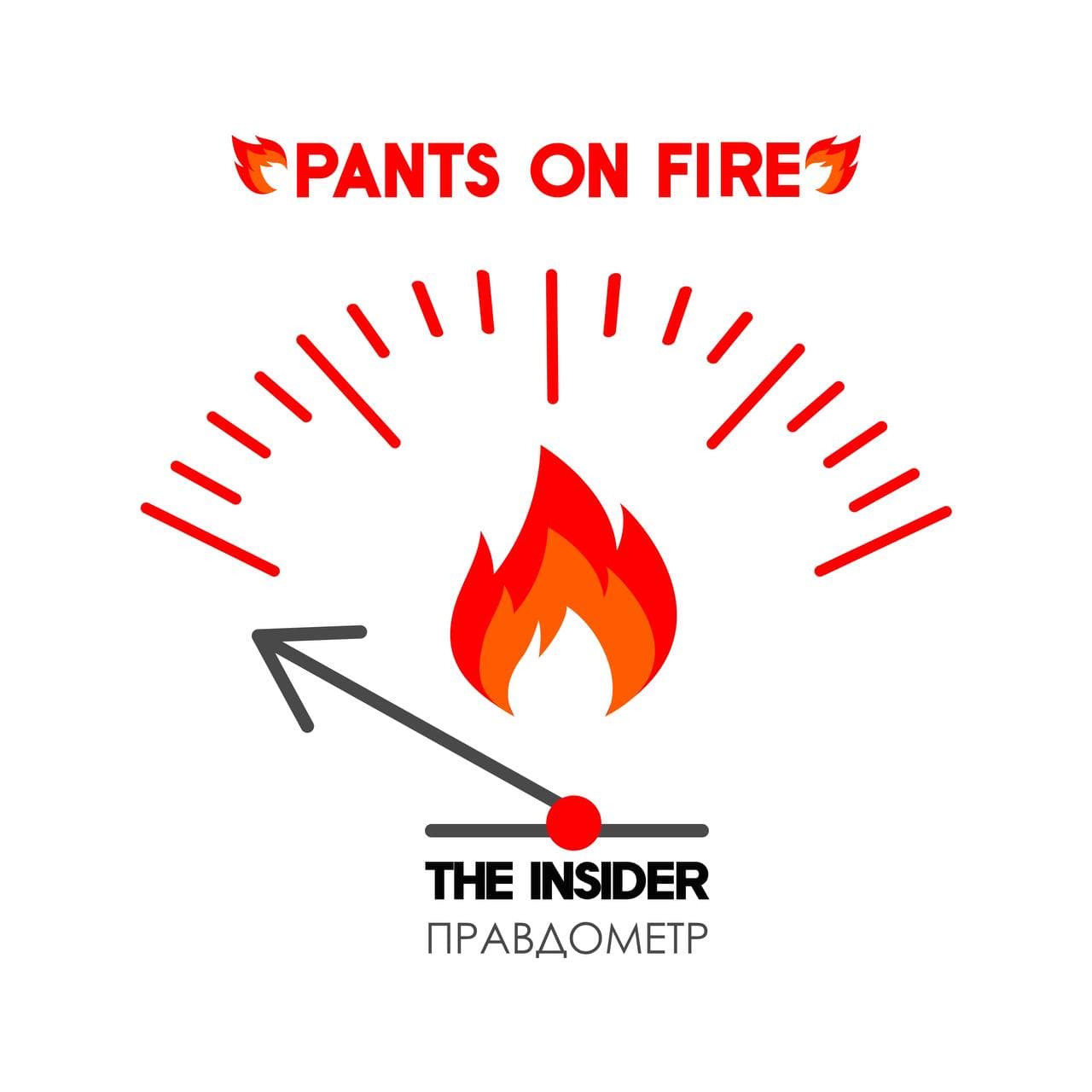Foreign Ministry spokeswoman Maria Zakharova was indignant at the data of the Foreign Intelligence Service of the Russian Federation that Christian values and relics stored in the Kiev-Pechersk Lavra are supposedly going to be taken out of Ukraine to Europe. Zakharova called it “a continuation of the struggle against the Orthodox Church” and even managed to link the export of cultural property for temporary storage with the colonial past of Western countries:
“This is not the first time. This is a tradition for the colonial powers, a tradition of gangster attitude towards the national cultural heritage of other countries, those that they consider their colonies.
<…>
Westerners traditionally steal national values in different parts of the world, and their museums have become repositories of the stolen in the colonies. <…> And then a new storehouse of replenishment of private collections was opened – Ukraine. Unique works of art are stored in the Kiev-Pechersk Lavra.
<…>
❗️ The West has always plundered its colonies. Ukraine is no exception. There is no doubt that no one was going to return all the exported valuables.”
The idea that the cultural heritage of Ukraine must be protected from Russian military aggression, Zakharova indignantly rejected: the Russian military, in her words, “avoids strikes on civilian objects.”

Let's start small: the data of the SVR about the "export of Christian shrines to Europe" appeared on June 26 and were refuted by both the Ukrainian authorities and UNESCO on the same day.
“The more the Lavra becomes Ukrainian, the more it burns in the swamps. The only task that we now face with respect to the Lavra is to protect it from the Russian world and finally verify that all our Ukrainian sacred relics are in place. Not a single sacred value will leave the territory of Ukraine. And everything stolen by Russia will have to be returned,” Ukrainian Minister of Culture Oleksandr Tkachenko wrote on his Telegram channel.
At the same time, European museums do accept some cultural values for temporary storage – for example, the Louvre now houses 16 works of art from Ukraine, including five Byzantine icons from the Bohdan and Varvara Khanenko National Museum of Art in Kiev. And it is not very clear why Zakharova is so sure that these exhibits were "stolen", as well as that "no one was going to return them." Such cooperation was the subject of an agreement between the authorities of Ukraine and France. The reasons for the export were more than serious:
In early October last year, a rocket fell near the Khanenko Museum, shattering the windows. With the exception of large paintings, works of art for the most part have been "relocated to nature reserves, where they are subject to temperature fluctuations and power outages, which worries our Ukrainian colleagues," the director of the Louvre said in an interview with France-Presse.
But the Russian military steal exhibits from Ukrainian museums quite openly. For example, before retreating from Kherson in November, the invaders looted museums and the grave of Prince Potemkin. Exhibits of the Kherson Museum of Local Lore are now in the Central Museum of Taurida in Simferopol, Andrei Malgin, director of the Central Museum of Taurida, told RTVI. He called it temporary storage, but did not specify when the valuables would be returned to Ukraine. The so-called head of the occupation administration of the Kherson region Vladimir Saldoconfirmed that the remains of Prince Grigory Potemkin and a monument to him were taken out of the city, as well as monuments to Fyodor Ushakov, Alexander Suvorov and Vasily Margelov.
The Ukrainian Ministry of Culture reported that the Russians took 15 thousand exhibits from Kherson alone, and the total damage is estimated at hundreds of millions of euros.
And this is not the only example. The museums of Mariupol, Melitopol, Kakhovka and other cities were looted and damaged. The footage of the Russian military and Z-military correspondents taking out exhibits from the Mariupol Art Museum named after Arkhip Kuindzhi was shown by Russian television. These works of art were taken to Donetsk, as was the collection of the Melitopol Museum of Local Lore, including Scythian gold. This was told by the general director of the Donetsk Republican Museum of Local Lore.
In addition to exhibits, the invaders also kidnap museum workers: the director of the Melitopol Museum of Local Lore Leyla Ibragimova, an employee of the same museum Galina Kucher, the director of the local history museum of the village of Osipenko in the Zaporozhye region Oleg Budyak and others were detained.
In addition, we must not forget that many museums have suffered from rocket attacks. Many media wrote about one of the most heartbreaking stories: in the first days of the war, a shell flew into the local history museum of the city of Ivankov, Kiev region. The museum burned down, but local residents managed to take out some of the exhibits – for example, paintings by Maria Primachenko, a representative of "folk primitivism". Pablo Picasso called Primachenko's work "an artistic miracle."
So when Maria Zakharova is indignant at the “plundering of Ukraine by the colonial powers,” this only indicates one thing: the Russian authorities consider Ukraine their colony.


